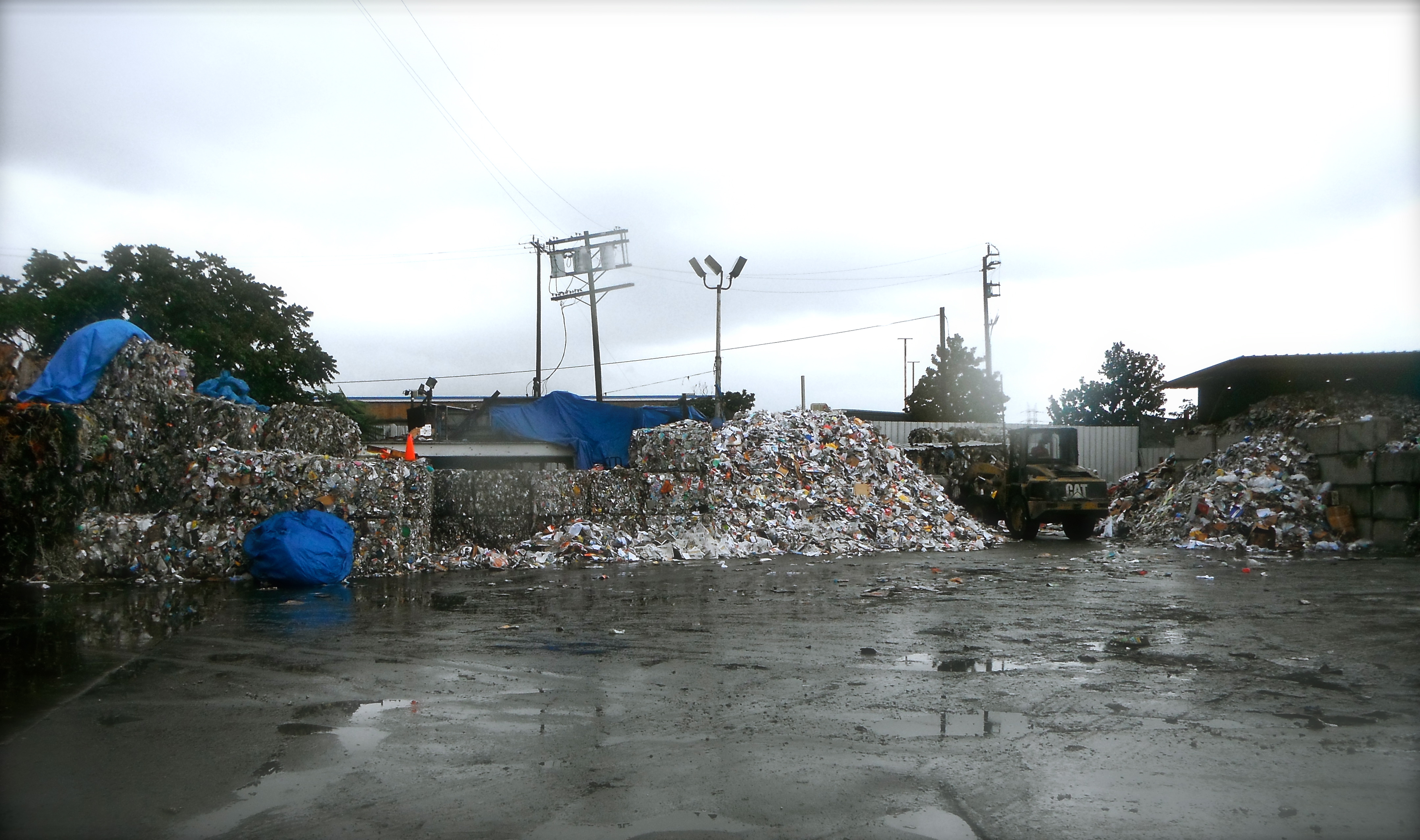
California has two major water challenges: supply and quality. Stormwater—the rain that runs off our roads and rooftops, picking up trash, chemicals, motor oil and other nasty substances as it flows into rivers and streams—is key to solving both of them. A new rule adopted by the State Water Board yesterday, November 6th, will help boost California’s water resilience while protecting clean water, all by treating stormwater as a resource rather than a nuisance.
California adopted the new Industrial Stormwater Permit, a regulation that requires industrial facilities throughout the state to meet water quality standards and ensure swimmable, fishable, drinkable water. There are approximately 10,000 industrial facilities in California that allow stormwater to runoff into waterways, including oil refineries, landfills, manufacturing plants, auto yards, and scrap metal recyclers. These industrial facilities discharge highly hazardous chemicals (such as PCBs), heavy metals, oil and grease, trash and bacteria into California waters. These pollutants have been coming off California industries unabated for decades to the point where the state has designated 36 waterways as unsafe for swimming, fishing, or drinking.
When a waterway is too polluted to provide benefits to society, California’s Water Boards are required under the Clean Water Act to set more stringent water quality standards to clean it up. Such standards were set by California’s Water Boards in the early 2000s, yet industrial facilities have not been required to meet those standards to date and continue to release dangerous pollution that harms fish, wildlife and people. Yesterday, the State Water Board finally required industrial stormwater facilities to take action to achieve the water quality standards set a decade ago.
The new Industrial Stormwater Permit is a success in two ways. First, the State Water Board has developed numeric water quality standards to set clear targets for the amount of metals, bacteria, and other harmful pollutants industrial facilities may allow to run off their property and into our water. Numeric standards not only provide permittees with a clear understanding of whether they comply with the law, but numeric standards are the most effective way to reduce dangerous pollution in our waterways. Numeric standards are like speed limits. Consider if the speed limit was “drive the best you can,” would you drive the appropriate speed? Would the police officer clearly know whether you were following the law? The answer is likely “no” in both instances. But a numeric speed limit “45 mph” allows the driver to know the target speed and the police officer to know when the law is being violated. The same is true for numeric water quality standards – they provide permittees a clear target and allow the state to know when the law has been broken.
Second, the State Water Board is offering an innovative solution for permittees to meet the standard. The new Industrial Stormwater Permit incentivizes permittees to capture a quantity of stormwater running off their site: rather than allowing that water to flow into ditches and storm drains, it instead filters into the ground through special basins, helping to refill the aquifers we rely on for drinking water.
The new Industrial Stormwater Permit is not perfect. The new compliance option to capture and infiltrate stormwater does not completely ensure enough pollutants are captured to clean up unsafe waterways. Specifically, there is a concern that facilities like waste haulers, wastewater facilities, and livestock operations will continue to allow high levels of bacteria to run off and make California swimmers sick. The new Permit also shields permittees, who decide to capture their stormwater runoff but still violate water quality standards, from enforcement. Without enforcement, California will lack the deterrence necessary to ensure all industrial facilities are doing their part to reduce dangerous pollution.
Despite the imperfections of the Industrial Stormwater Permit, it represents significant progress towards reducing industrial pollution and increasing sustainable water supplies. By incentivizing stormwater capture, the Industrial Permit continues an evolution towards harnessing rainwater rather than funneling it out to sea as quickly as possible. As climate change intensifies California droughts, this evolution cannot come soon enough. California has waited over a decade to begin healing our waterways from industrial stormwater pollution. With yesterday’s adoption of this new Industrial Stormwater Permit, the State Water Board has taken a significant step to achieve actual improvements in water quality statewide.

Executive Director Sean Bothwell leads CCKA’s initiatives to fight for swimmable, fishable, and drinkable waters for all Californians.



